"17th Century, Roman School, Still Life With Fruit "
17th century, Roman SchoolStill life with fruit
(2) Oil on canvas, cm 43 x 59 - With frame, cm 53 x 70
The couple of still lifes examined grapes, peaches, figs, melons and watermelon is for stylistic and formal references to be connected to the hand of a 17th century Roman painter well aware of the works of the Roman painter Giovanni Paolo Castelli, called Spadino (Rome, 1659 - 1730).
The archival research has made it possible to distinguish three painters of the Castelli family, specialized in the genre of still life: the two brothers Bartolomeo (called the Old) and Giovanni Paolo (called the Spaniard) and his son, Bartolomeo il Giovane, also nicknamed Spadino. In particular, it was thanks to Federico Zeri in the fifties that the nucleus of Still Lives in the Spada Collection in Rome, generically identified as "Spadino", was progressively specified and assigned four to the hand of the young Bartolomeo (remember the Still Life with grapes, apples and figs and Still Life with peaches, 13 x 29.5 cm, Sword Gallery). The very dark variations of the elderly "Spadavecchio" were a discriminating element in distinguishing the hand of Giovanni Paolo Castelli from that of the family (Ferdinando Bologna, Natura in posa. Aspetti dell'antica natura morta italiana, 1968 and Luigi Salerno, Nuovi studi sulla natura morta italiana e Nature morte di frutta, 1989). Heir to a tradition already elaborated, John Paul reinterprets with a weighted sense of frankness the most genuine simplicity of the fruits portrayed. Opposing the dual temptation of realism and inventive exuberance, the Swordsman devoted himself to the painting of fruits, rather than flowers, animals, pottery, glass or silver, to evoke the luxury of men and the sumptuousness of nature, highlighting a symptomatic taste for abundance and splendor combined with a sense of the precariousness of vegetation.
Formed within the brilliant climate of naturamorfism of the Capitol, the Spaniard never forgot the suggestions derived from the Flemish Abraham Brueghel, who had marked the evolution of the genre in the second seventeenth century, and not even from the German Christian Berentz, in Italy since 1689. The analysis of the natural apparatus through sudden turns of color, turning from the dark to lakes of light, as it happens in the present, derived in fact from this particular comma oltramontana, established in the capital and strongly influencing the context.
With Ars Antiqua you can defer all amounts up to a maximum of € 7,500 at ZERO RATE, for a total of 15 INSTALLMENTS.
Eg. Tot. € 4,500 = Monthly installment € 300 for 15 months.
Eg. Tot. € 3,600 = Monthly installment € 720 for 5 months.
For amounts over €7,500 or for a longer grace period (over 15 installments), we can provide a custom payment.
Contact us directly to get the best quote.
LIVE TV
- SUNDAY 17.00 - 21.00 Dig.terr. 126 + 809 SKY
- THURSDAY 21.00 - 23.00 Dig.terr. 134 + 809 SKY
- Streaming on our website www.arsantiquasrl.com and on our social networks Facebook and Youtube
All the works proposed by Ars Antiqua are sold accompanied by a certificate of authenticity in accordance with the law and accurate fact sheet.
You can see the works directly at the showroom gallery in Milan, in via Pisacane 55 and 57.
We personally organize transport and deliveries of the works, both for Italy and abroad.


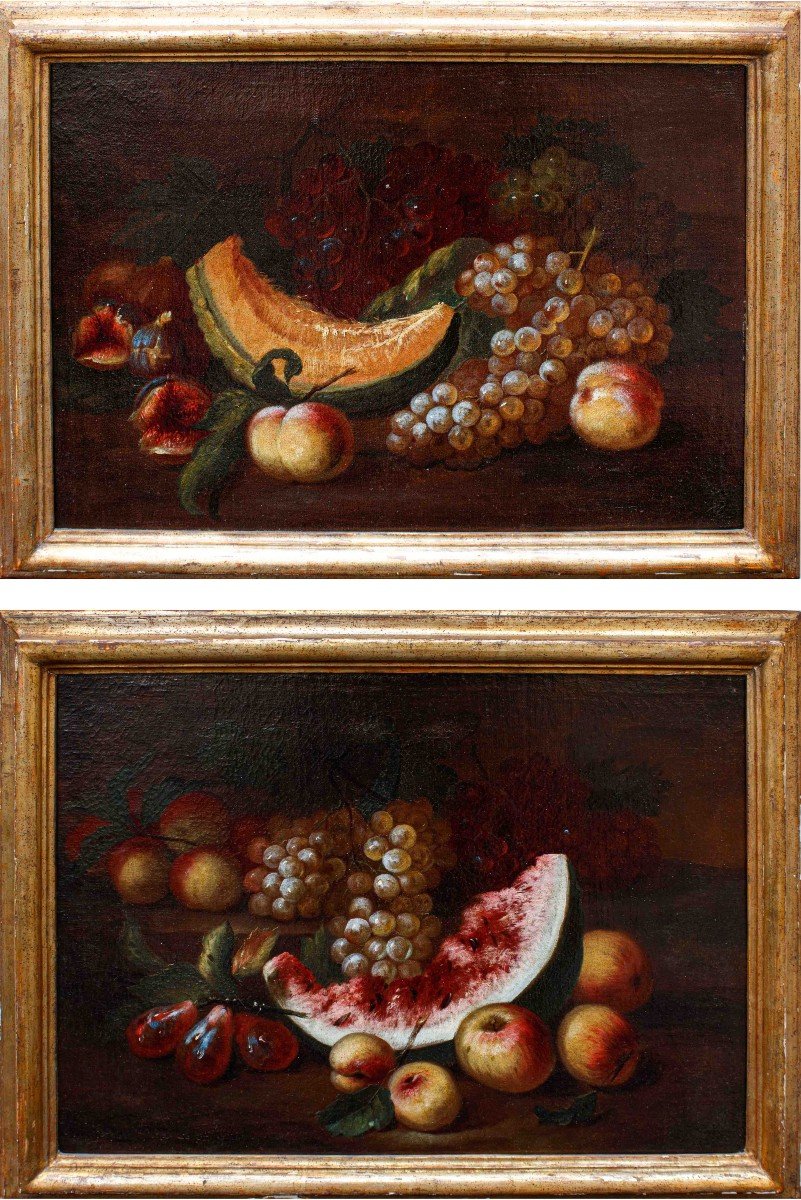


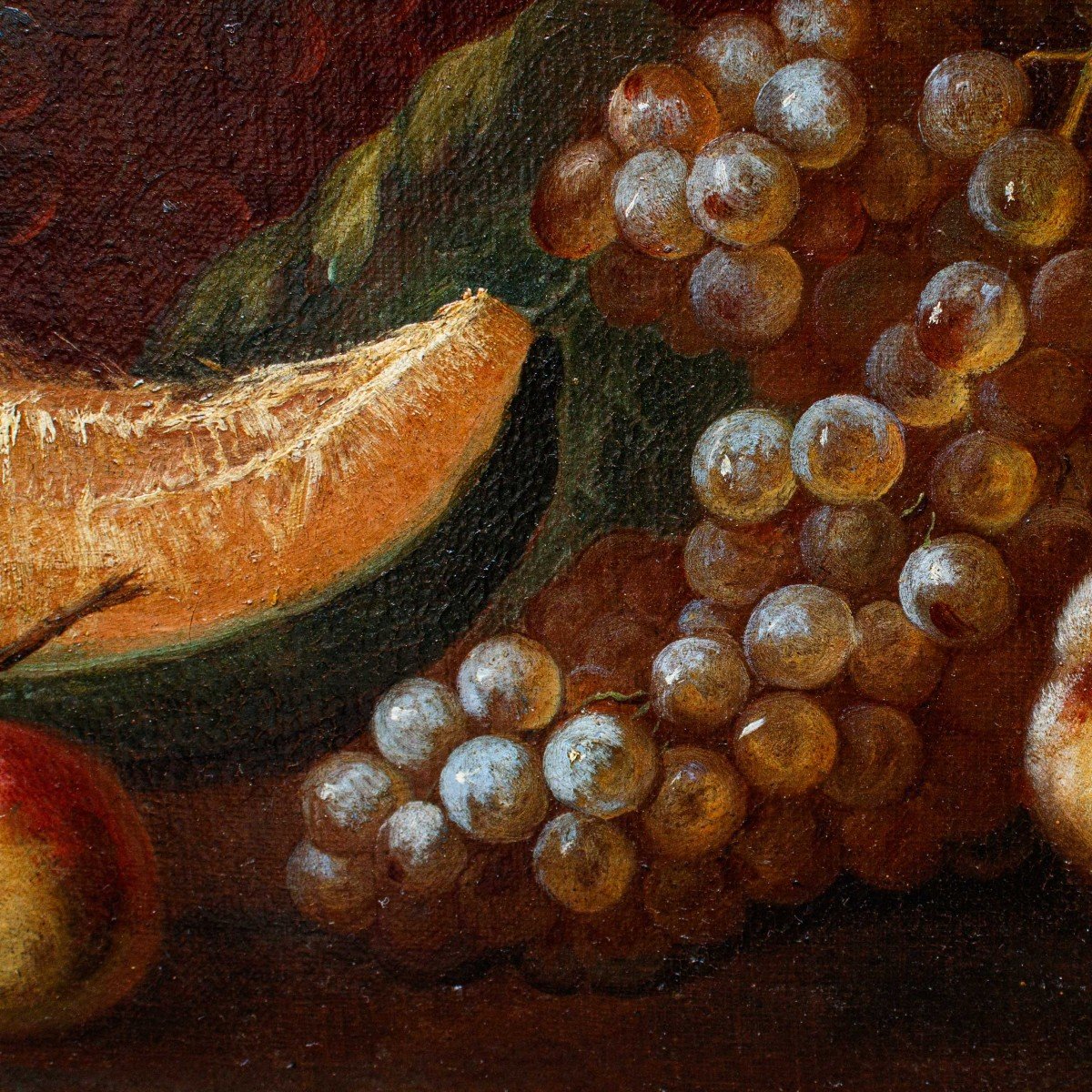

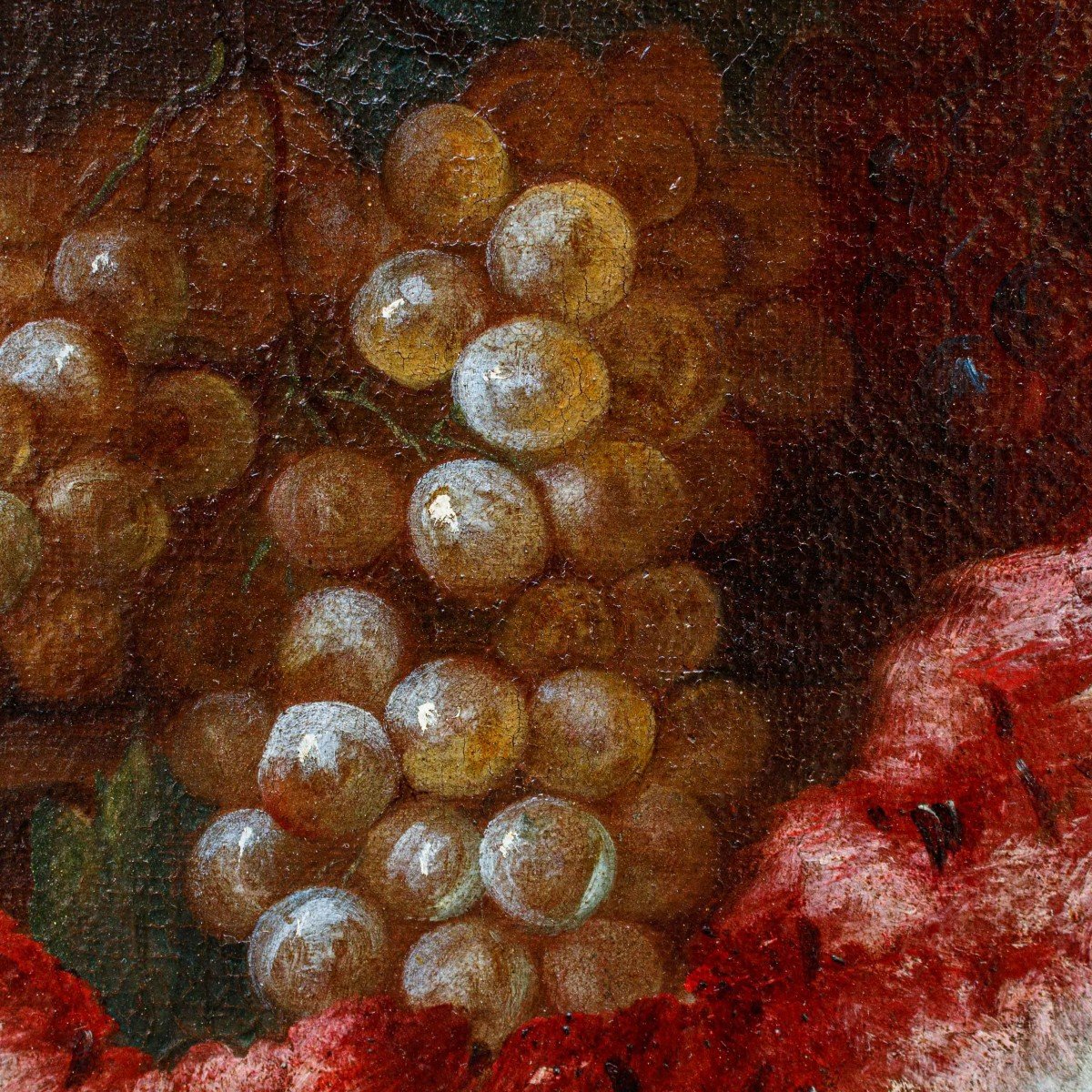
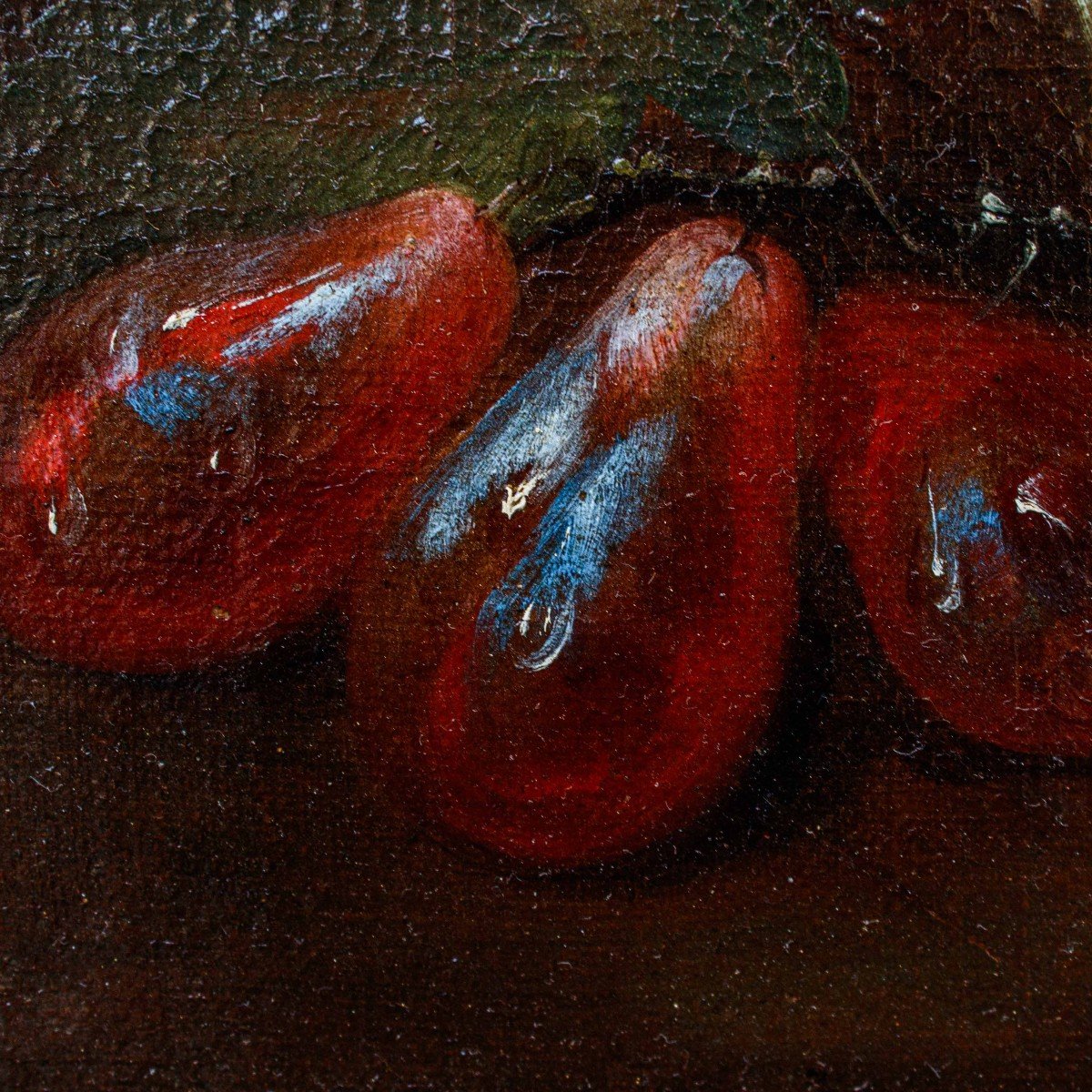

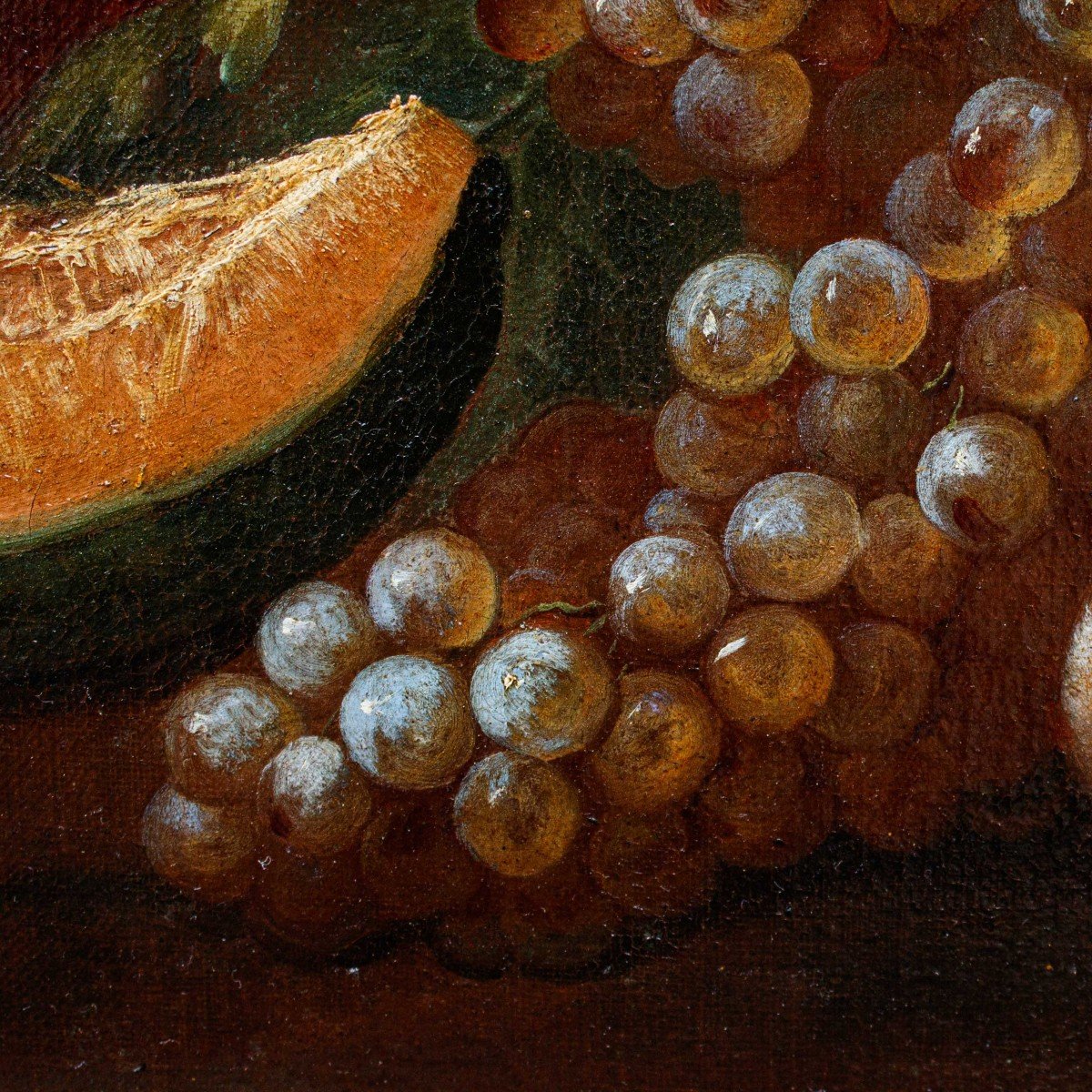
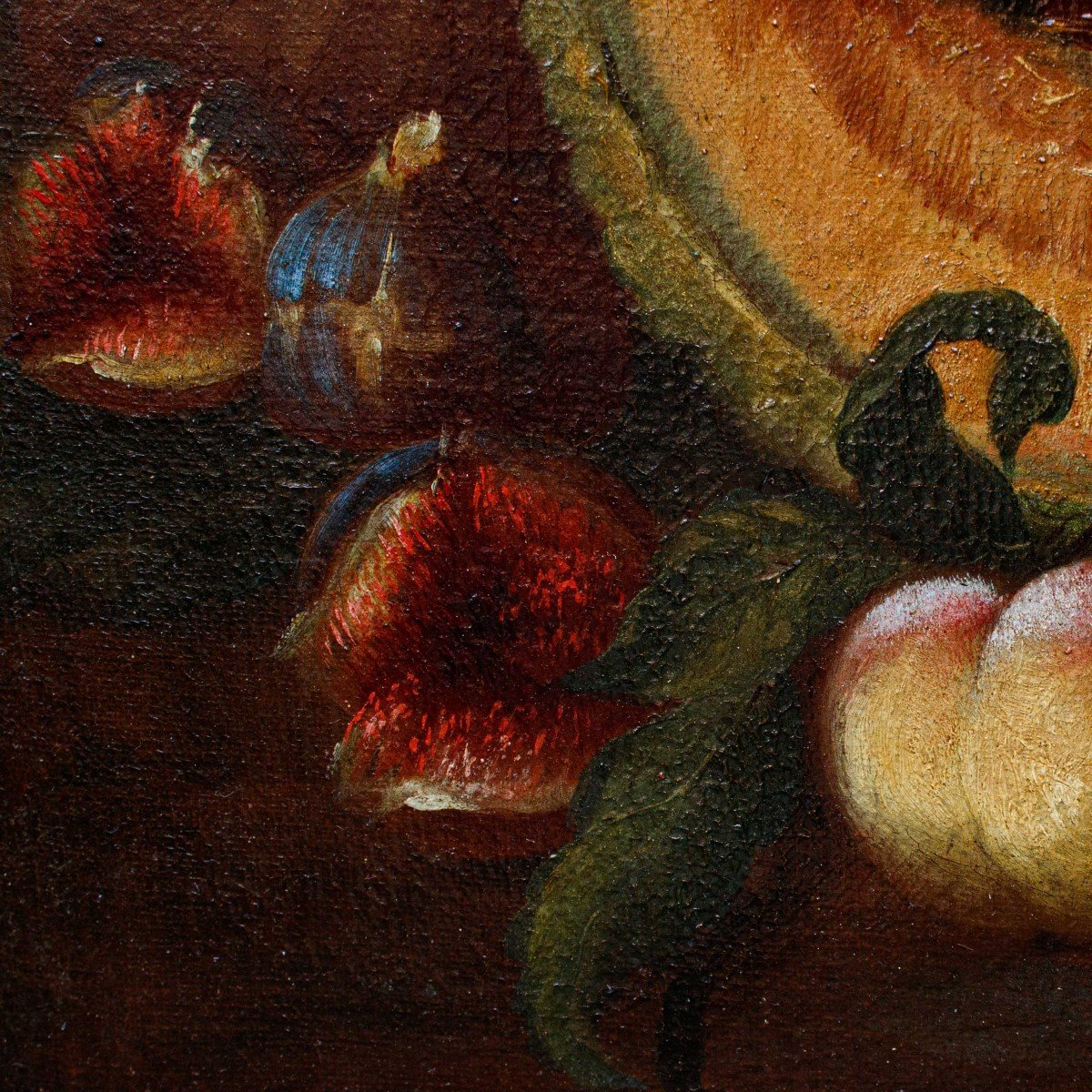











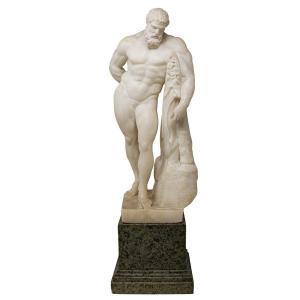
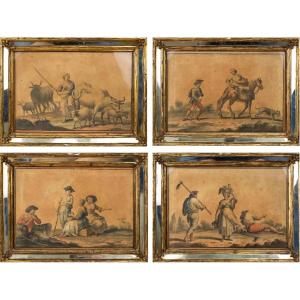





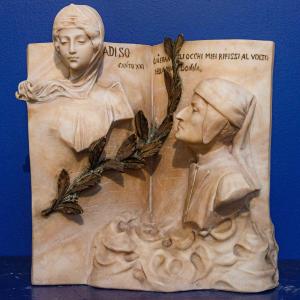
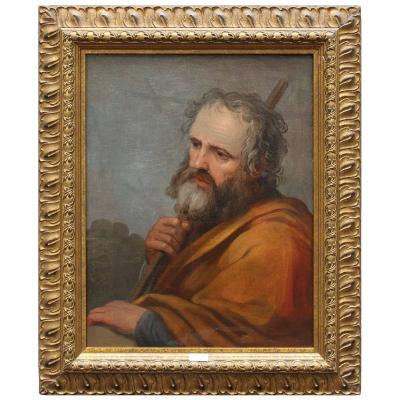
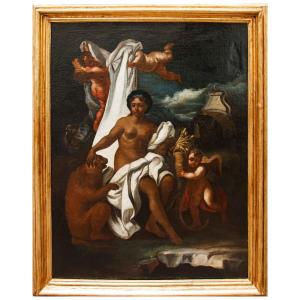

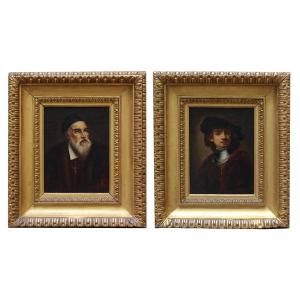


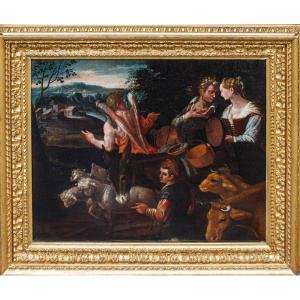









 Le Magazine
Le Magazine Rivista Artiquariato
Rivista Artiquariato TRÉSORS magazine
TRÉSORS magazine